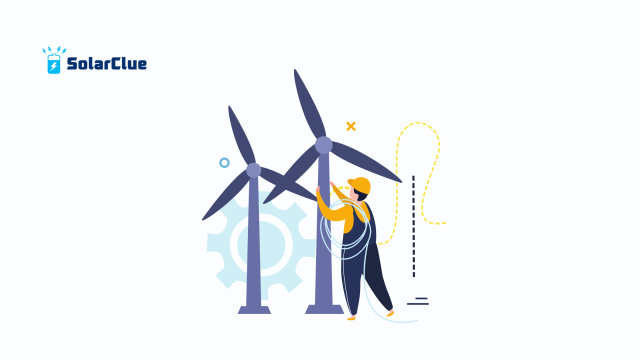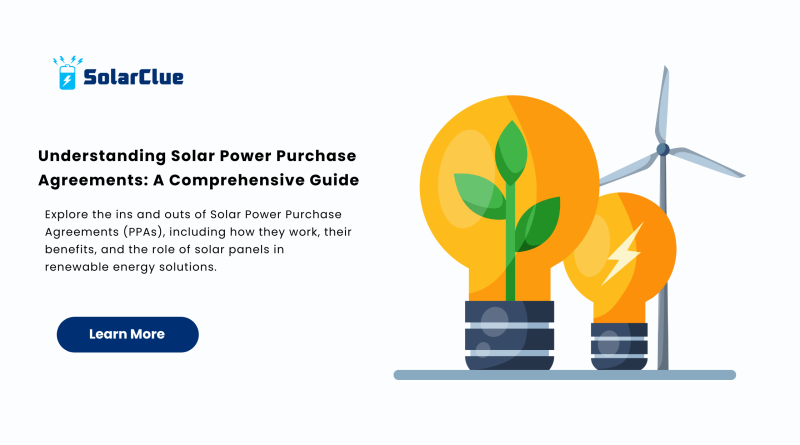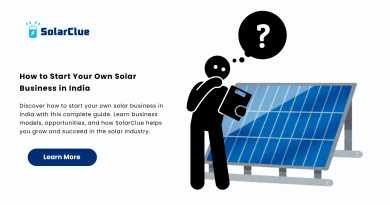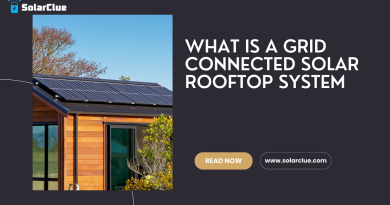Understanding Solar Power Purchase Agreements: A Comprehensive Guide
Understanding Solar Power Purchase Agreements: A Comprehensive Guide: As the world transitions toward renewable energy, solar power is gaining immense popularity as an eco-friendly solution. Among the various ways to adopt solar energy, a solar power purchase agreement (PPA) has emerged as an effective financial model for both businesses and individuals. In this blog post, we’ll take a closer look at what a PPA is, how it works, and its benefits, especially when paired with a solar power system.
Table of Contents
What is a Solar Power Purchase Agreement (PPA)?
A solar power purchase agreement is a contract between the owner of a solar system and a customer (typically a business or residential property owner). In this agreement, the customer agrees to buy the electricity generated by the solar panel system at a predetermined rate, usually lower than the local utility rates. The solar provider installs and maintains the solar panel system, and the customer benefits from clean, affordable energy without the upfront costs of installation.
Key Features of a PPA
-
No Upfront Costs: The solar system is installed at no cost to the customer.
-
Fixed Rate: The rate the customer pays for electricity is typically lower than the local utility rates and remains fixed for a certain period.
-
Long-Term Agreement: PPAs typically last for 15-25 years, ensuring a stable source of energy over the long run.
-
Maintenance and Monitoring: The solar provider handles all maintenance, repairs, and monitoring, allowing the customer to enjoy hassle-free energy.
How Does a Solar Power Purchase Agreement Work?
A PPA works by leveraging the power of the sun through a solar power system. Here’s a simplified breakdown of the process:
-
Installation: The solar provider installs a solar panel system on the customer’s property, usually on the roof.
-
Electricity Generation: The system generates electricity from sunlight, which is then supplied to the customer.
-
Payment: The customer buys the electricity at the agreed-upon rate, usually lower than what they would pay to the utility.
-
Maintenance: The provider is responsible for ensuring the system is operating efficiently, including routine checks, repairs, and cleaning of the panels.
The customer only pays for the energy they use, not the solar panel system itself, making it a highly cost-effective and convenient option.
Benefits of Solar Power Purchase Agreements
1. Cost Savings
One of the most significant advantages of entering into a PPA is the immediate cost savings. With a solar power system, businesses and homeowners can lock in a low electricity rate, saving money in the long term. Since solar electricity is often cheaper than grid power, the savings can be substantial.
2. No Maintenance Worries
Since the provider owns and maintains the solar system, the customer is relieved of any responsibility for repairs or maintenance. The provider ensures the solar power system is operating efficiently, making it a hassle-free solution for the customer.
3. Environmentally Friendly
By choosing solar power, customers are contributing to a cleaner environment. Solar energy is a renewable and sustainable source of power, which helps reduce the dependence on fossil fuels and lowers carbon emissions.
4. Energy Independence
A PPA allows customers to become less reliant on traditional utility companies. As energy prices fluctuate, having a solar panel system in place can provide greater energy security and predictability.

PPA vs. Other Solar Financing Options
While a PPA offers several advantages, it is important to compare it to other financing options like leasing or direct purchase. Here’s how a PPA stacks up:
PPA vs. Solar Lease
-
PPA: You pay only for the electricity used, which can lead to cost savings over time.
-
Solar Lease: You pay a fixed monthly amount for using the system, regardless of how much electricity is produced.
PPA vs. Buying Solar Panels
-
PPA: No upfront costs and maintenance is handled by the provider.
-
Buying Solar Panels: Requires a significant initial investment but offers ownership of the system and potential long-term savings.
Things to Consider Before Entering into a PPA
Before signing a solar power purchase agreement, there are a few important factors to consider:
-
Contract Length: PPAs typically last between 15-25 years. Ensure you are comfortable with the long-term commitment.
-
Electricity Rates: While the rates are usually lower than the utility company, ensure you are clear on how much you will be paying and whether there are any escalators (increases) over time.
-
System Size and Energy Usage: Make sure the solar power system is adequately sized to meet your energy needs.
-
Early Termination Fees: Understand the penalties for early termination if you decide to move or sell the property.
Conclusion
Understanding Solar Power Purchase Agreements: A Comprehensive Guide: A solar power purchase agreement is a smart, cost-effective way to adopt solar energy without the financial burden of upfront costs. By entering into a PPA, you can save money, reduce your carbon footprint, and enjoy reliable energy from a solar power system. If you’re considering solar power for your home or business, be sure to explore the options available to you, including PPAs.
For more information on how to get started with solar energy, visit SolarClue or check out our blog at blog.solarclue.com.
FAQs
Q: Can I enter into a Solar Power Purchase Agreement for my home?
A: Yes, residential customers can enter into a PPA, which allows them to benefit from solar power without upfront costs.
Q: How long does a Solar Power Purchase Agreement last?
A: Typically, a PPA lasts between 15 to 25 years, providing long-term benefits.
Q: Who is responsible for the maintenance of the solar panels?
A: The provider is responsible for the maintenance and monitoring of the solar power system.
Q: Is a PPA the best option for me?
A: A PPA is an excellent option if you want to benefit from solar power without a large initial investment. However, it’s important to compare it with other financing options to find what works best for your needs.



